Wiley has an “Open Access” offering. I couldn’t find papers any so I tweeted and got:
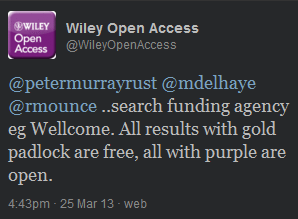
“gold padlocks” and “purple padlocks”. “free” and “open”. Words and images that can mean anything. No idea whether it’s usable for teaching. Another tweet:
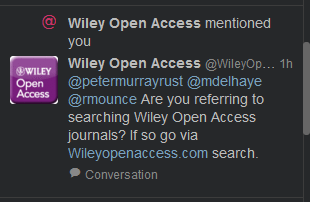
So off I go to the URL, find a paper on chemistry (there aren’t many, of course):
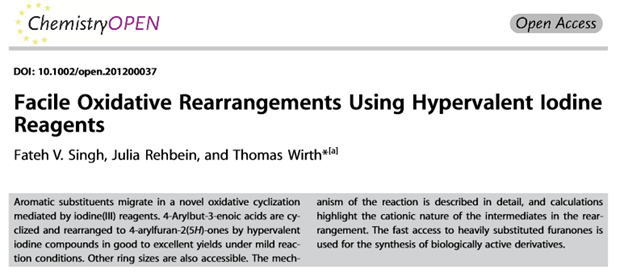
Is it actually Open? I find

So NO. I can’t use it for teaching (which is a commercial activity). I look for permissions:
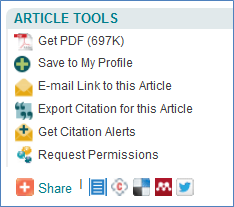
And I get back
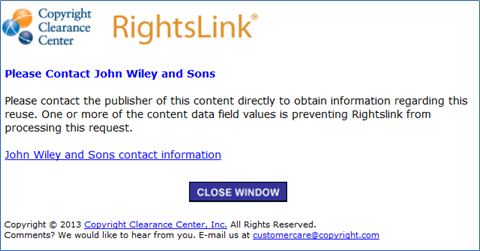
Which is useless.
So Wiley would like to hear from me, it says.
OK Wiley – I don’t think you are really trying hard enough. Open Access is about helping people get material, not making a trail of difficulties through purple and gold and open and half open and …
You’re actually telling us we don’t matter.
Just do the honourable thing like BMC PLoS and eLife and PeerJ and make it
CC-BY
That’s simple. It’s BLACK but it reads the same in any colour
What if you replied to the Wiley tweet and said you were vision impaired, and colours of padlocks/images in general were useless? And that you needed to skim a large number of articles (that would be feasible for a sighted person to see in an instant which ones were free/open) in a short period of time?
Simple.
Wiley wouldn’t reply.
There is no dialogue between us and publishers – readers don’t matter. If they cared they would have involved us.
I feel very naive – I would have included teaching as a non commercial activity, unless you were selling packs of course materials. Is there a clear definition of non commercial? Is a non profit organisation allowed wider use than a commercial company?
There is no clear definition of “non-commercial” which is why it is virtually useless in defining what to do. Teaching is certainly agreed to be commercial. Commercial is nothing to do with profit – it is the exchange of goods, services and money. There does not have to be money – if someone provides a service to you then it’s commercial. Advertising on blogs is commercial.
Actually very little is not commercial.
Non-commercial primarily affects academics and people who want to reuse material and they can’t.
I agree with you on the lack of clarity as to what “non-commercial” means. However, I think that you are wrong that teaching is commercial. If you are teaching while being employed by (your) university, then you are working for a charity (surprising as this may seem).
As with all parts of copyright law, things are not clear cut, but I think that if Wiley tried to prosecute you or the university after you taught with these materials, they would have a very hard time.
>>I agree with you on the lack of clarity as to what “non-commercial” means. However, I think that you are wrong that teaching is commercial. If you are teaching while being employed by (your) university, then you are working for a charity (surprising as this may seem).
Most charities are commercial.
Read Mike Carroll: http://www.plosbiology.org/article/info:doi%2F10.1371%2Fjournal.pbio.1001210 . He is an expert and I and I suspect most of the readers of this blog are not. Logic and commonsense DO NOT WORK for legal matters.
>>As with all parts of copyright law, things are not clear cut, but I think that if Wiley tried to prosecute you or the university after you taught with these materials, they would have a very hard time.
And so would I, even if I won. Wiley are used to prosecuting people and they have lots of money. That’s an imbalanced equation.
The Carroll article does not really address the muddiness of the non-commercial restriction. For those who are interested in knowing why it is problematic, perhaps a more useful reference would be Hagedorn et al. http://dx.doi.org/10.3897/zookeys.150.2189
You are right. I normally add the Zookeys ref but was rushed.
We recently had a new university building built. In order to avoid paying VAT, it had to not be used for commercial purposes, and that meant no teaching. We can have seminars, but no undergrad lectures.
Given that Wiley now offer a choice of licences for their OA articles — including CC-BY — (see:http://olabout.wiley.com/WileyCDA/Section/id-406241.html) can I suggest that rather introduce a new colour (purple) to the OA debate, that Wiley simply use the CC abbreviations to indicate what licence is being used on each of their articles? (i.e. CC-BY, or CC-BY-NC, or CC-BY-NC-ND)
CC have already developed some nice logos Wiley could use, and of course they link back to the definition making it clear to all what you can and cant do.
Lets not muddy the murky OA water even further with the introduction of new colours and terms like “open” and “free”. Clarity is what is needed.
Thanks Robert,
Of course I agree – hence the post.
I don’t know why publishers cannot just do the simple thing. After all a scholarly papers costs as much as the manufacture of a small car, for goodness’ sake.
We’ve paid for it – the least we can expect is simple honest dealing not the awful mess that we have.
Good post highlighting the researcher conundrum (author/reader modes) in action – as author want wide dissemination but hesitant on blanket reuse rights vs. as reader want improved access and search but feel some licences restrict particular cases of reuse. Maintaining and respecting choice means this may not be as quick and easy a conundrum to solve as singular application of CC-BY by publishers. For, like Marmite, some people love it, some hate it…
It’s nothing to do with authors. This is all created by the publisher. The *publishers* want to restrict re-use.
How very annoying. I don’t think you can expect better of the legacy publishers though: it is of course in the interest of their shareholders to drag their feet and obfuscate for as long as possible. Of course, the smart money has long fled.
There are two clear lessons from all this: 1) just go around. Use the new publishers whose business models are designed to enable open access, and let the dinosaurs die out. 2) [much more work] set up a consumer organisation to inform authors and readers, and lead boycotts of the most egregious offenders. This needs to be powerful enough to dish the kind of reputational damage (and more) that Elsevier suffered last year. Having brazened it out for the last twenty years, we can now expect a new phase of sneakiness, dishonesty and faulty user interfaces.
I am sure this would be a valuable thing for the OKFN to fund.
>>How very annoying. I don’t think you can expect better of the legacy publishers though: it is of course in the interest of their shareholders to drag their feet and obfuscate for as long as possible. Of course, the smart money has long fled.
I don’t expect better. I DO expect better from academics and academic librarians who should be fighting this rather than waiting for me. Libraries are primarily a means to route public and student money to publishers and they should wake up and change.
>>There are two clear lessons from all this: 1) just go around. Use the new publishers whose business models are designed to enable open access, and let the dinosaurs die out. 2) [much more work] set up a consumer organisation to inform authors and readers, and lead boycotts of the most egregious offenders.
(2) I think OASPA does a bit, JISC does a bit, but most libraries do nothing and it’s their job.
>>I am sure this would be a valuable thing for the OKFN to fund.
OKFN doesn’t fund things…
Wonderful post! 🙂